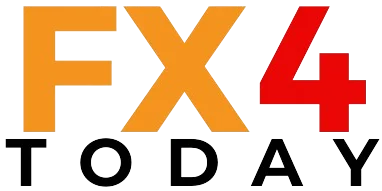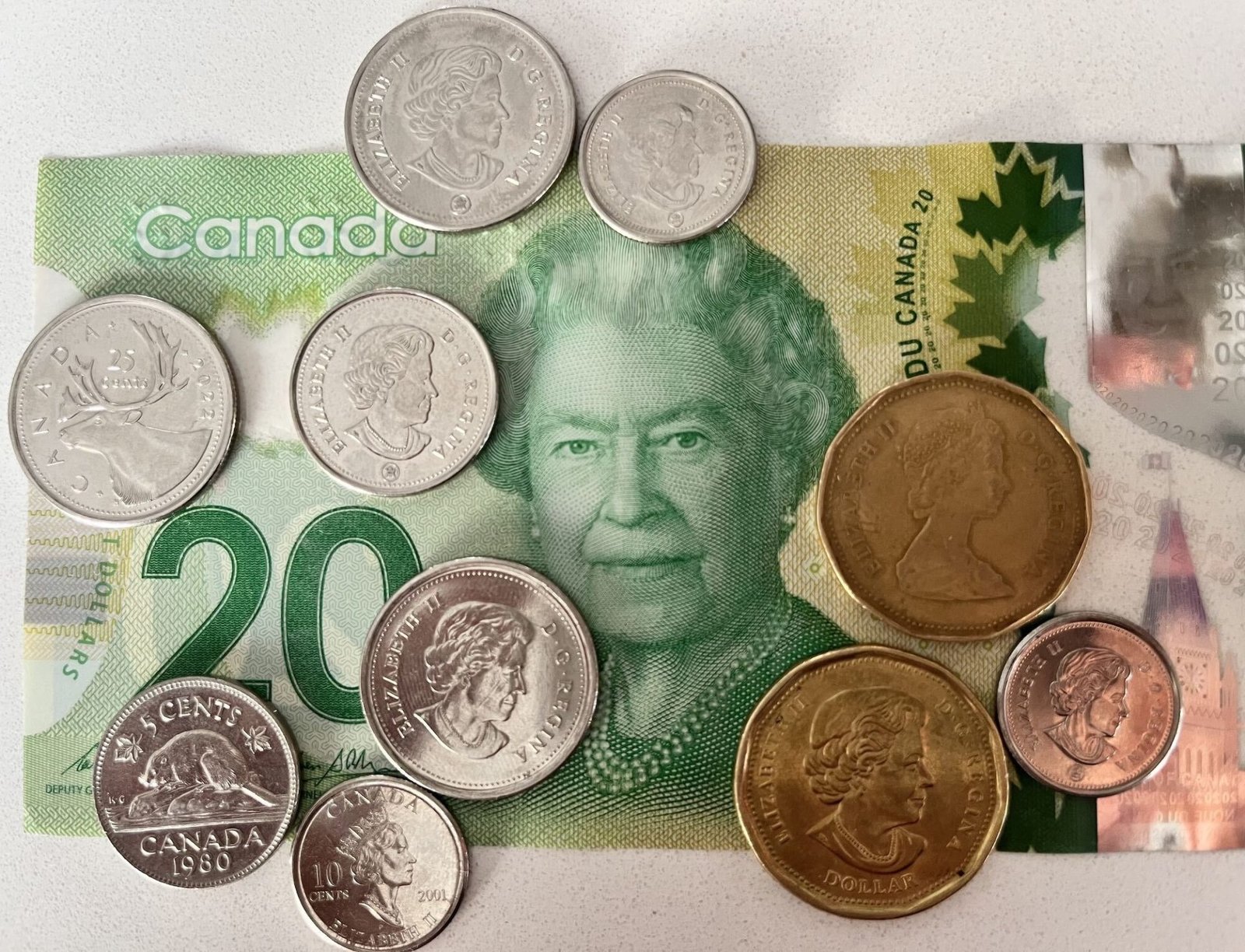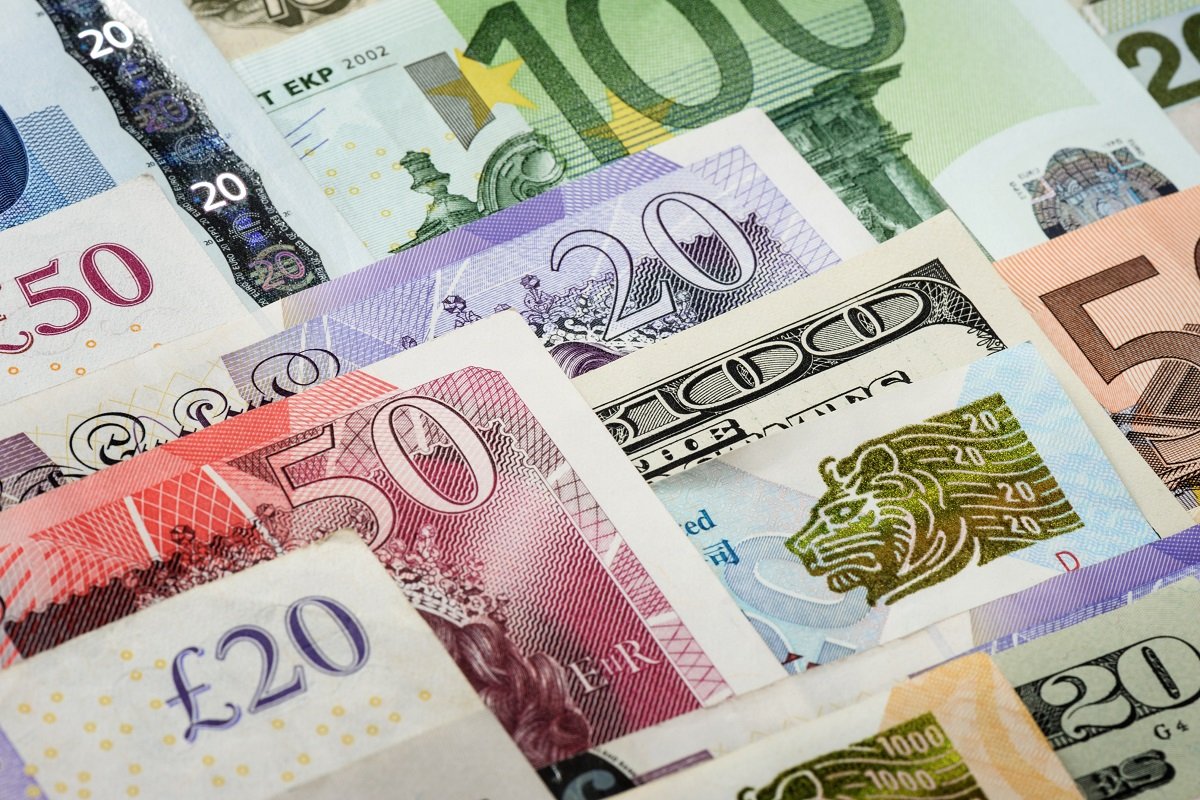USD/CAD Stabilizes at 1.3730 as Markets Await Canadian Jobs Report and Fed Rate Cut Speculation
USD/CAD is stable around 1.3730 in anticipation of Canada’s July jobs report, with investors preparing for a possible hike in the unemployment rate to 7% and weaker job growth versus May. The pair continues to trade range-bound as the US Dollar falters with increasing expectations that the Federal Reserve will reduce interest rates in September, pushing the greenback to trade just off a one-week low. The focus now shifts towards the labor market data, which may dictate the Bank of Canada’s monetary policy perspective and decide the direction of the pair’s next move. KEY LOOKOUTS • July’s employment report is supposed to reflect weaker job growth of 13.5K compared to 83.1K in May, as unemployment increases to 7%. • Markets are factoring in a highly probable September rate cut, which is driving down the US Dollar. • Support at 1.3880 is critical, while a fall below 1.3540 will set the stage for additional weakness towards 1.3500 and 1.3420. • Labor market outcomes may affect the Bank of Canada’s position on subsequent interest rate moves. USD/CAD is stabilizing around 1.3730 with traders waiting for Canada’s July jobs report, which is likely to post softer job growth and an increase in the unemployment rate to 7%. The US Dollar continues to struggle, with investors nearly fully factoring in a Federal Reserve September rate cut, leaving the greenback close to recent lows. Technical indicators suggest a sideways trend with the 20-day EMA as support and the 14-day RSI trading at around 50. The impending labor market release will be crucial in determining expectations regarding the Bank of Canada policy course and may determine the pair’s next breakout direction. USD/CAD is stable at 1.3730 as the markets are waiting for Canada’s July employment data, which is expected to reveal slower employment and increased joblessness. Fed rate cut expectations still pressure the US Dollar, and the pair remains in a narrow channel. • USD/CAD remains flat at 1.3730 in anticipation of Canadian July job data. • Markets anticipate job growth would slow to 13.5K from 83.1K last May. • Canadian unemployment rate to increase to 7% from 6.9%. • Fed rate reduction in September still highly expected, bearing down on the US Dollar. • US Dollar Index trading close to a week’s low of 98.00. • Stronger technical support at 1.3540; stronger resistance at 1.3880 and 1.4000. • Outcome of labor data can have an effect on the monetary policy stance of the Bank of Canada. The USD/CAD currency pair remains steady as investors wait for Canada’s July employment report to be released, which is likely to reflect on slowing hiring and a slight increase in the unemployment rate to 7%. Economists are predicting that the Canadian economy created only 13.5K jobs in July, down sharply from the 83.1K in May. The information will be carefully monitored for its effects on the wellbeing of the labor market as well as its possible impact on Bank of Canada’s future policy. USD/CAD DAILY PRICE CHART SOURCE: TradingView In the meantime, the US Dollar is under pressure as more and more investors are betting on a September Federal Reserve rate cut. Market sentiment has been influenced by the possibility of a weaker US economic outlook, coupled with news reports that Fed Governor Christopher Waller might take over Jerome Powell’s Fed Chair position. All this has made traders keep their guard up, while market attention is squarely on the Canadian jobs report for new signals on USD/CAD’s direction. TECHNICAL ANALYSIS USD/CAD is at its 20-day Exponential Moving Average (EMA) at approximately 1.3730, a state of consolidation. The 14-day Relative Strength Index (RSI) is around the neutrality level of 50, an indicator that there is no dominance in either direction. A solid breakout over the August 1 high of 1.3880 might open the door to the May 15 high at 1.4000 and the April 9 low at 1.4075. On the other hand, a fall below the June 16 low of 1.3540 would set the stage for further losses towards the major psychological level of 1.3500 and September 25 low of 1.3420. FORECAST Should Canada’s July job data be weaker than anticipated, it might pressure the Canadian Dollar and drive USD/CAD upward. A breach above the resistance of 1.3880 would most probably pave the way towards the May 15 high at 1.4000, with additional upside towards 1.4075 if bearish pressure gathers momentum. Ongoing US Dollar weakness might be in check with robust US data or bullish Fed rhetoric, which may catalyze the pair’s rally. Conversely, even better-than-anticipated Canadian labor market data may lift the Loonie and pull USD/CAD down. Breaking the June 16 low of 1.3540 would presumably lead to a test of the psychological 1.3500 level, with potential extension towards the September 25 low of 1.3420. Any indication of growing Canadian economic resilience and ongoing Fed rate cut speculation may encourage bearish pressure on the pair.





